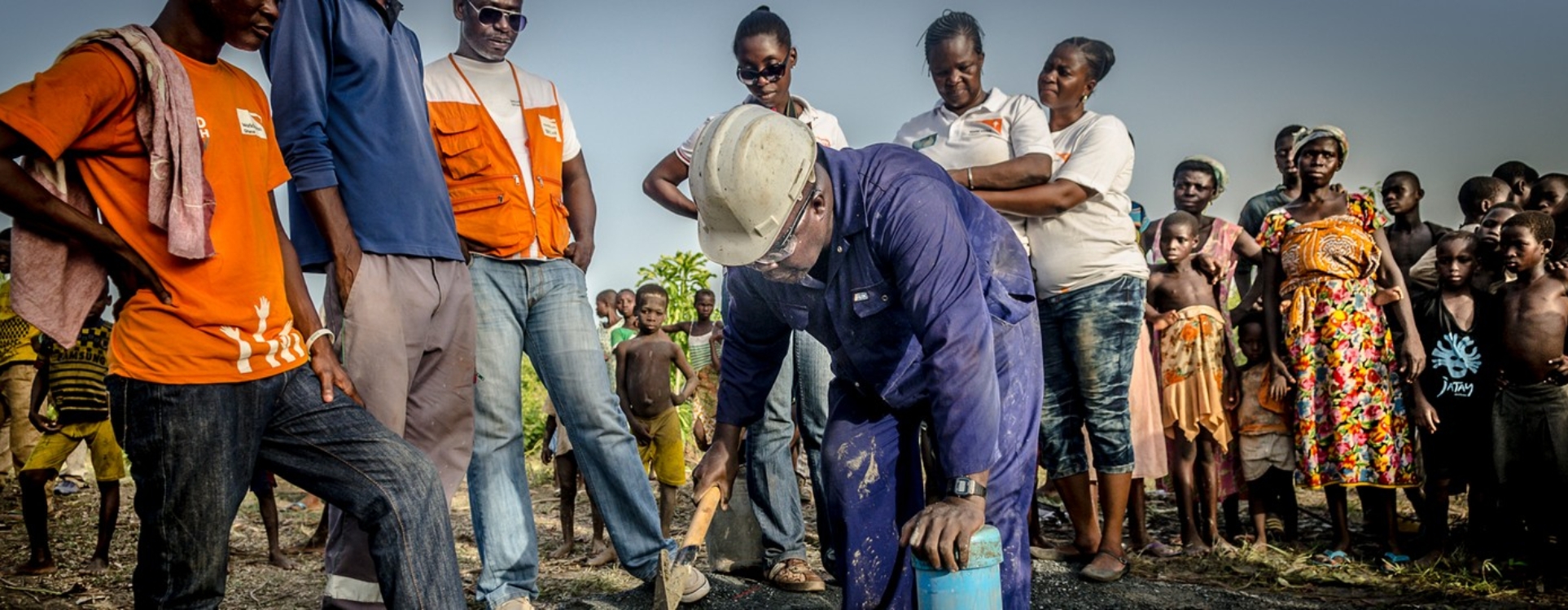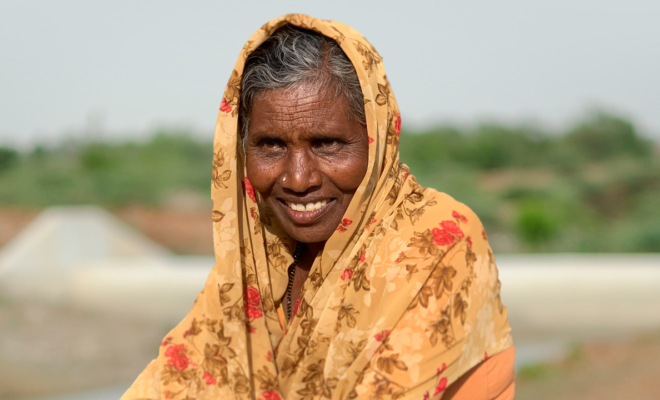“In communities where toilets are unused or culturally unfamiliar, simply installing a hundred latrines and leaving rarely works. Soon, no one uses them. Achieving sustainability requires a cultural shift, starting with educational programs to ensure the facilities become part of daily life.” On World Toilet Day 2016, Xavier Torras, then director of the Foundation, highlighted this key aspect of sustainability during a global sanitation and hygiene expert forum.
With over a decade of experience and more than a hundred projects across 31 different cultures, we have learned that sustainability begins with understanding how communities perceive their water and sanitation challenges. Effective aid means discarding preconceived solutions and empowering communities to identify, design, and build their own responses. We call this approach “ownership” — not in the legal sense, but in fostering an emotional and social bond with the solutions they create.
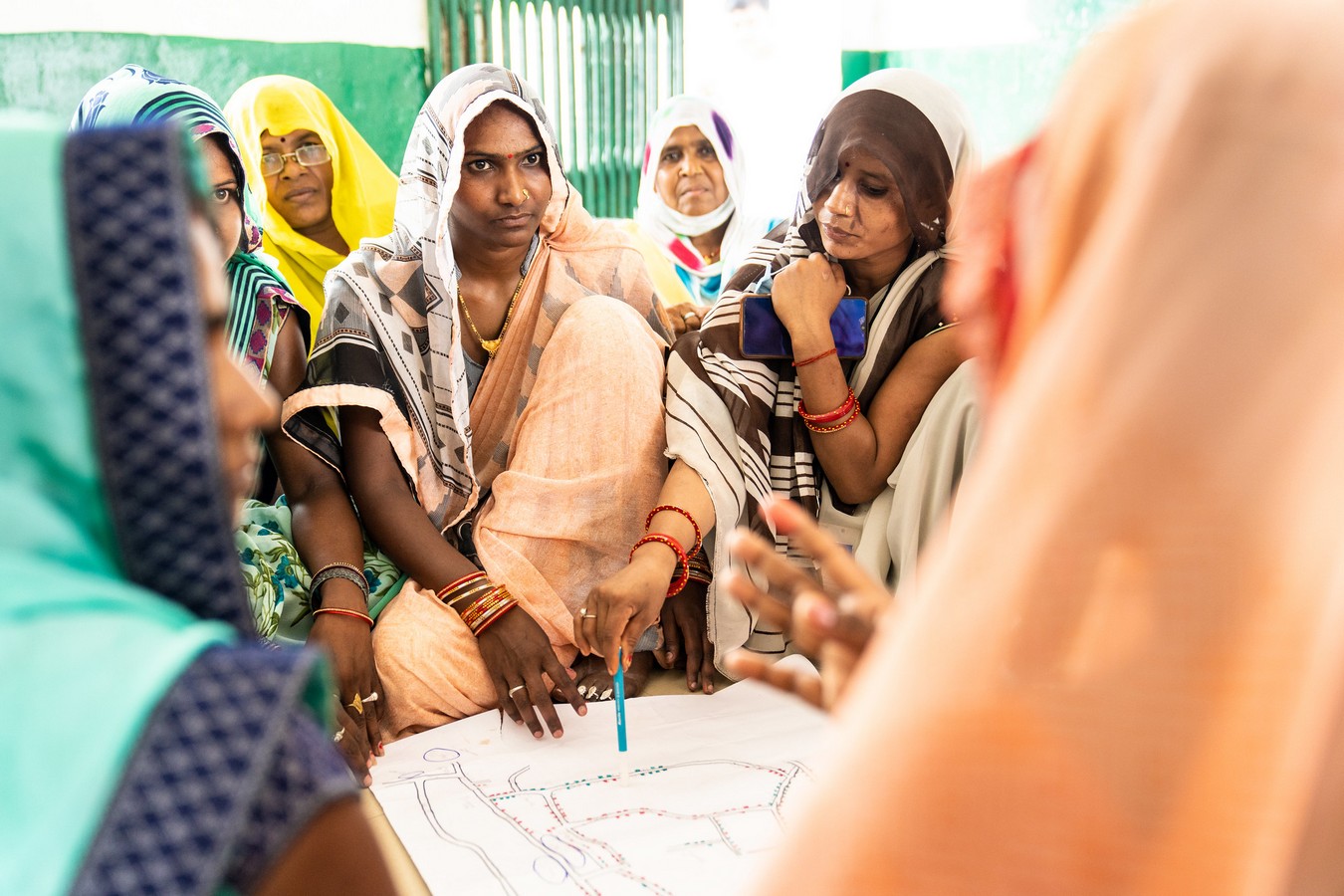
Sustainability in water and sanitation projects stems from a participatory effort. © UNOPS/John Rae
Sustainability Is Neither Trivial Nor Ambiguous
Since 1987, when Norwegian politician Gro Harlem Brundtland introduced the concept of “sustainable development” to a world concerned about environmental degradation, the term “sustainability” has gained prominence—often to the point of overuse. Misleading greenwashing campaigns have diluted its meaning, undermining Brundtland’s definition: “Sustainable development meets the needs of the present without compromising the ability of future generations to meet their own needs.”
In water and sanitation projects, sustainability leaves no room for ambiguity. Failures surface quickly: latrines turned into storage rooms, depleted aquifers, clogged irrigation channels, treatment plants abandoned for lack of trained staff, or solar pump systems failing due to nonexistent maintenance plans. A damaged pipeline left uncoordinated with local authorities can damage an entire network. These examples reveal a harsh truth: infrastructure alone does not guarantee long-term access to water and sanitation. Sustainable impact requires planning, participation, and community ownership from the ground up.
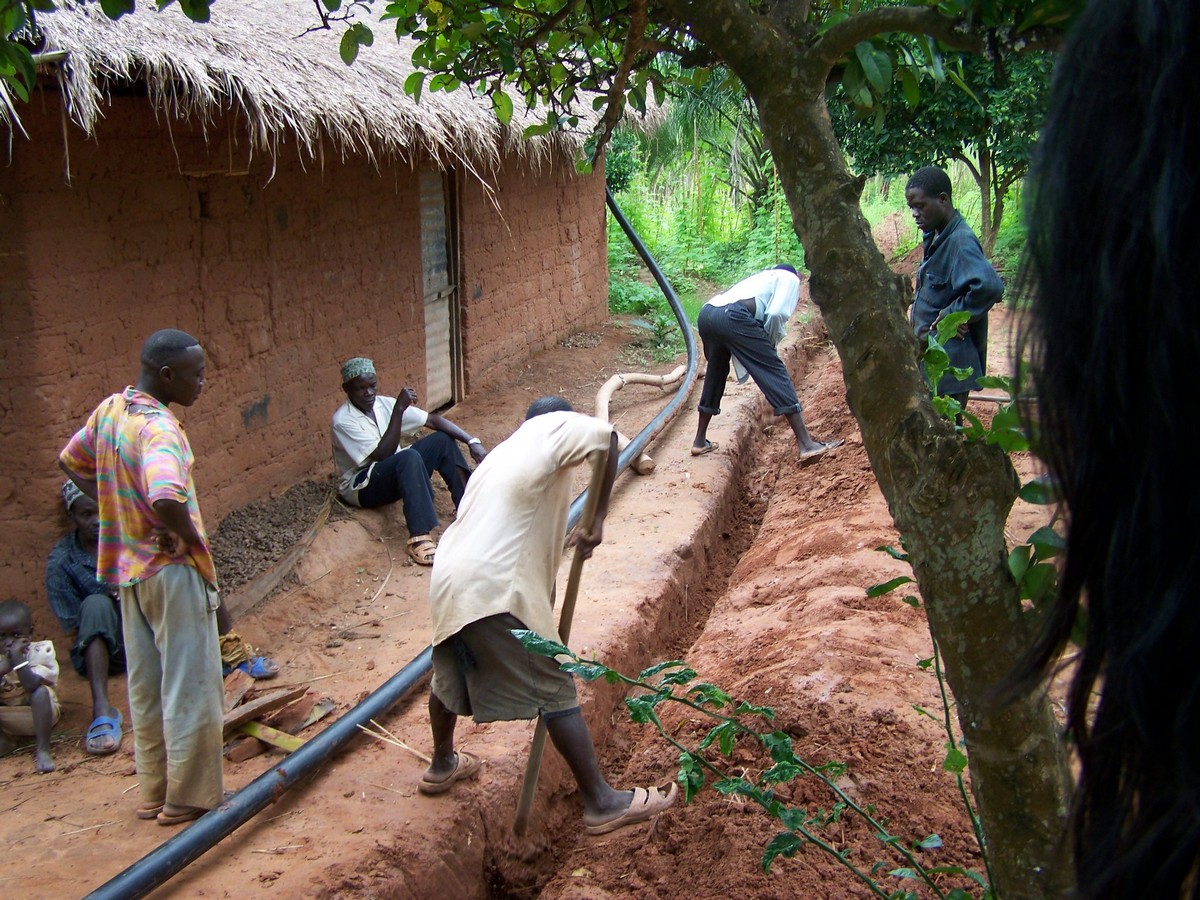
Effective aid means discarding preconceived solutions and empowering communities to identify, design, and build their own responses © ONGAWA
Sustainability Brings Returns
Ensuring sustainability is crucial for driving large-scale investment in water and sanitation access. In 2023, the World Bank reported an annual loss of $260 billion due to inadequate water and sanitation services, noting that every dollar invested could yield a fourfold return. Factoring in climate-driven disasters like droughts and floods, some studies project returns of up to $15 for every dollar spent.
Despite the promising returns, binding agreements to unlock financial aid remain elusive. Since the Loss and Damage agreement emerged at COP27 in 2022, the central question—”Who pays, how, and for what?”—has persisted through COP28 in Dubai and COP29, leaving vulnerable nations without clear answers.
As outlined in SDG 17, partnerships are vital for establishing stable collaborations with bilateral and multilateral donors such as the World Bank, IMF, and other international financial institutions.
The private sector, particularly water-related companies, plays a pivotal role. Many have adopted ESG (Environmental, Social, and Governance) criteria in their operations and view investment in aid projects as a natural extension of their sustainability commitments.
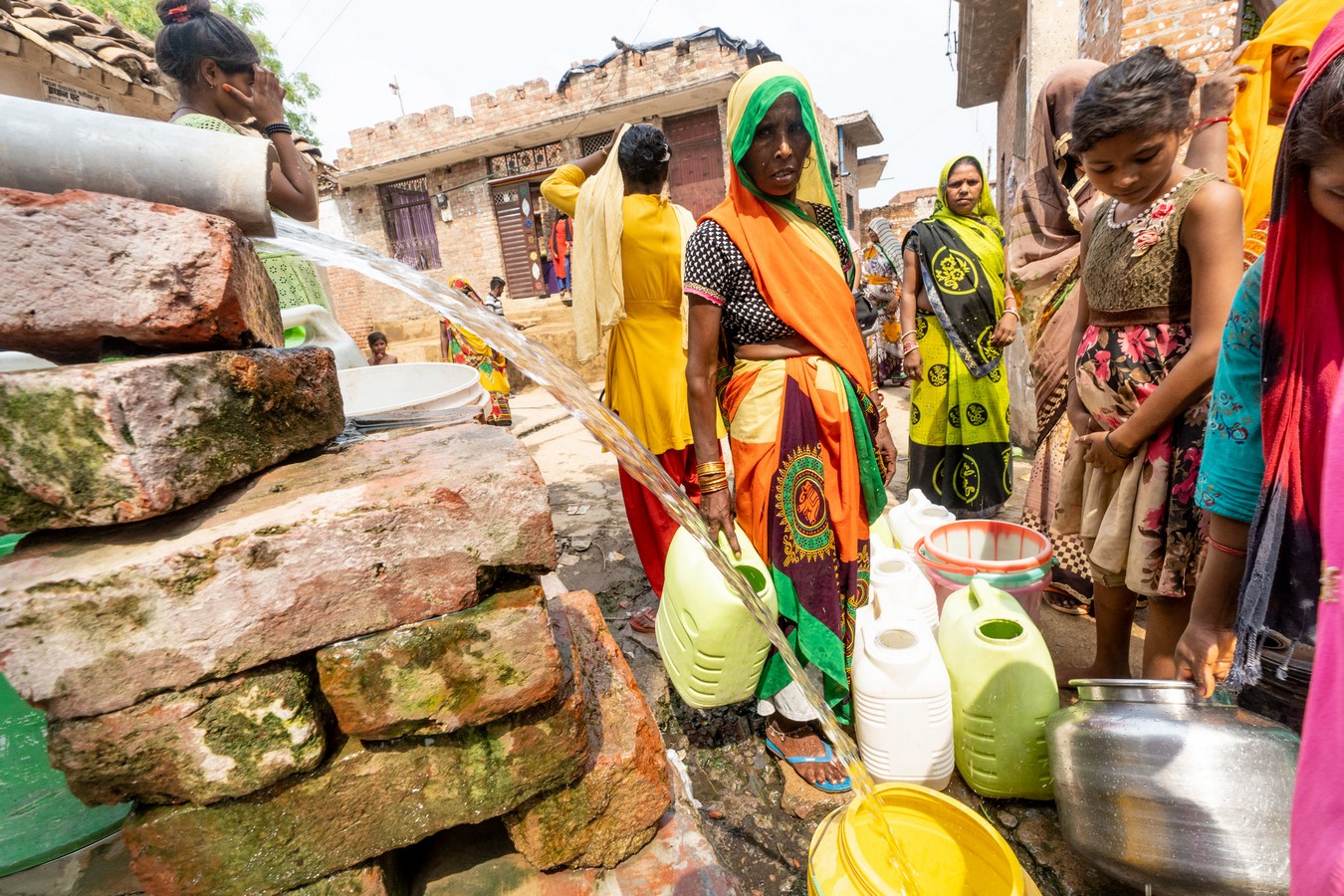
Ensuring sustainability is crucial for driving large-scale investment in water and sanitation access. © UNOPS/John Rae
Communities: The True Engine of Sustainability
Creating an environment that ensures the sustainability of interventions is essential, and a key factor is the full participation of communities—from problem identification to solution development and long-term management.
Project after project, experience has shown that sustainability hinges on active involvement from those receiving aid. In tackling open defecation, the Santolic method stands out as a model: communities decide, build, and maintain their own latrines. This approach fosters a deep sense of ownership, driving beneficiaries to continue improving their community’s health without reverting to old practices.
Beyond Communities: The Critical Role of Governments
The case of Burkina Faso, where we partnered with UNICEF to eliminate open defecation in the Sissili region, highlights that community participation, while crucial, must be paired with active government engagement for true sustainability. Collaboration with Burkina Faso’s Ministry of Health and Ministry of Water and Sanitation was pivotal to this success.
As Ousmane Nacro, Minister of Water and Sanitation, told Carlos Garriga, We Are Water Foundation’s director, “Sustained progress requires continuous follow-up through awareness campaigns and programs that assure communities they are not forgotten. Advancing further demands partners like We Are Water, UNICEF, and others, as sanitation is a cross-cutting issue that concerns every ministry.”
Cultural changes fostered through education rarely endure without institutional support. Project after project, we’ve seen that lasting transformation occurs only when government institutions commit to and reinforce these initiatives.
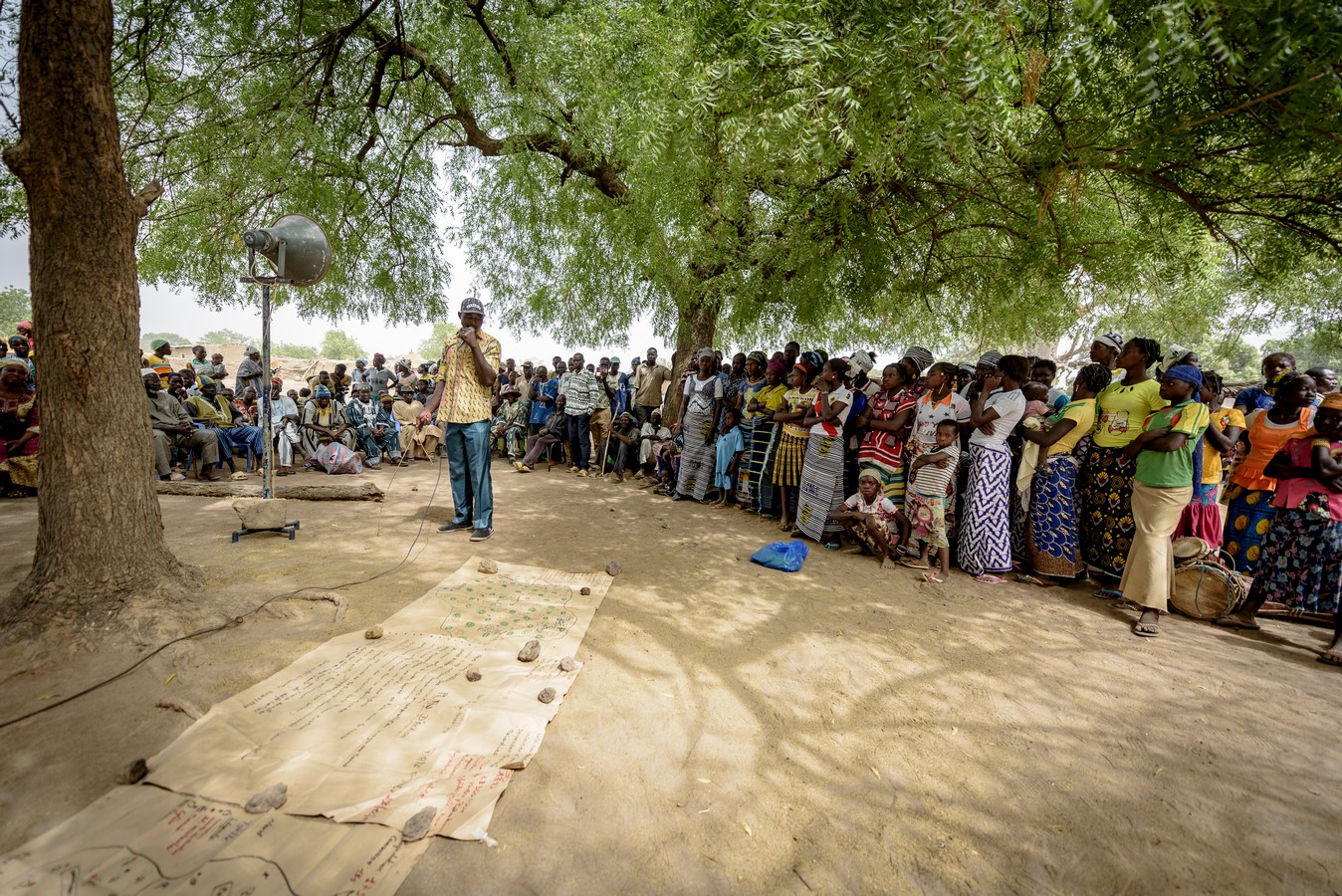
The case of Burkina Faso, where we partnered with UNICEF to eliminate open defecation in the Sissili region, highlights that community participation. © Carlos Garriga /WAWF
Sierra Leone: A Roadmap for Sustainability
The project launched this year in Sierra Leone offers a clear roadmap for reinforcing sustainability. It has aligned with the national government’s objective to enhance healthcare quality since its inception. Community-led monitoring committees drive planning and implementation, collaborating closely with local chieftain authorities, the Kono District Council, and the District Health Management Team. These local bodies work in coordination with the Ministry of Water Resources and Sanitation, ensuring alignment with national standards for water quality testing and sanitation regulations.
Ongoing community education programs build local leadership and ensure long-term impact. The project strengthens its sustainability beyond its initial duration by embedding these efforts within a participatory social and political framework. Ultimately, sustainability thrives through collaboration and shared commitment.


